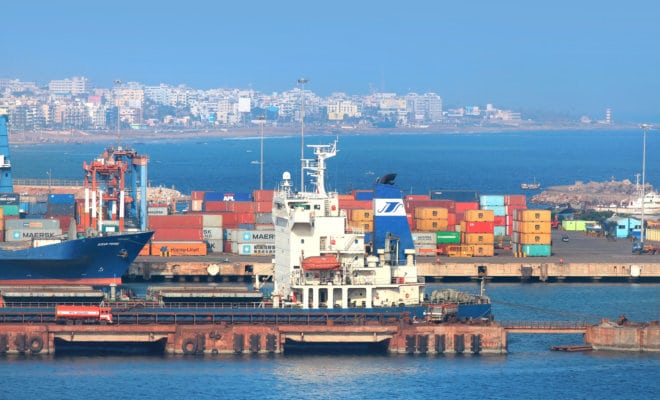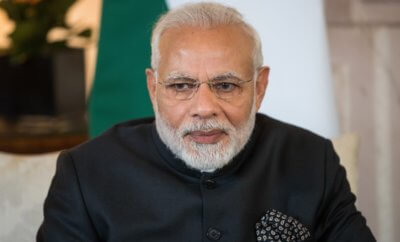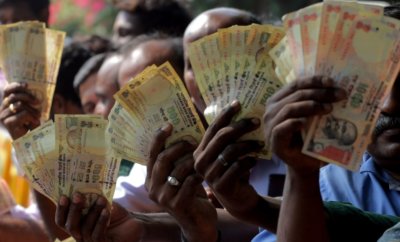Business
Indian Economy to Grow at 7.3% in 2018-19, Says Asian Development Bank

Visakhapatnam port
Photo: Bigstock
The economic growth of India is projected to rise to 7.6 per cent in 2019-20, according to Asian Development Bank.
India will bounce back from two years of declining growth, and the economy is set to rise to 7.3 per cent in financial year 2018-19, and to 7.6 per cent in 2019-20, a report by the Asian Development Bank (ADB) said on April 11.
“India would remain the fastest growing country across Asia,” ADB India country director Kenichi Yokoyama said, the Economic Times reported. He pointed out the growing non-performing assets and prices of crude prices rising to over $70 a barrel as risks.
Among other countries in Asia, China’s economy is expected to grow at 6.6 percent this year, down from 6.9 per cent in 2017, and is projected to slow down further to 6.4 per cent in 2019, ADB projected. Malaysia is expected to grow at 5.3 per cent in 2018 and 5 per cent in 2019, while Singapore’s economy will grow at 3.1 per cent in 2018 and 2.9 per cent in 2019.
According to the ADB, the dip in economic growth of India to 6.6 per cent in 2017-18 was partly driven by the lingering effects of demonetization. It impacted the informal sector in the first half of the year. The report, Asian Development Outlook (ADO) 2018, pointed out that teething issues related to implementation of the Goods and Services Tax (GST), which hampered operations of small and medium-sized enterprises and exporters, also contributed to growth moderation.
“Despite the short-term costs, the benefits of reform — such as the recently implemented GST — will propel India’s future growth,” Yasuyuki Sawada, ADB’s chief economist, said in a statement. Sawada added that robust foreign direct investment flows attracted by liberalized regulations, and the government’s steps to improve the ease of doing business will further boost growth.
The report added that going forward, the ADO expects growth to pick up, supported by various measures aimed to bolster farmers’ purchasing power, including higher procurement prices, agriculture market reforms, and investments in irrigation and logistics.
It also highlighted that investment revival is expected to continue, but the revival will take place at a modest rate since firms and banks strive to improve their balance sheets, and capacity utilization levels pick up.
The report specified that India’s growth in the 2017-18 was driven mainly by services, which grew by 8.3 per cent. This was because of the improved growth in finance and real estate, and in trade, transportation, and communication services. “Industrial activity slowed down largely due to manufacturing growth’s weakening to 5.1 per cent in 2017, compared to 7.9 per cent a year earlier,” added the report.
Agricultural performance was also modest since food grain production marginally exceeded the good harvest a year earlier. Although consumption growth dropped to its lowest level in five years in 2017, investment picked up during the year.
India became the world’s fastest growing economy in the October-December quarter, an analysis of the government data released on Feb. 28 showed. A pick-up in manufacturing and service sectors pushed the growth of gross domestic product to 7.2 per cent in the quarter from a year earlier when the economy lagged behind China.
The World Bank said in January this year that as compared to other emerging economies, India has “enormous growth potential.”



